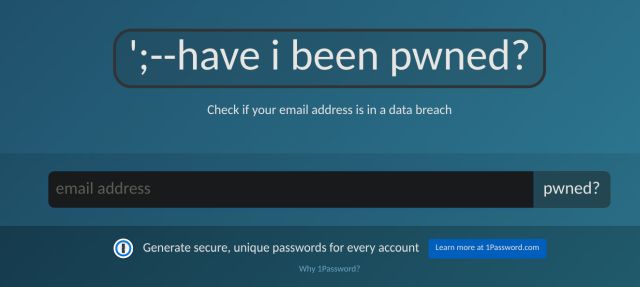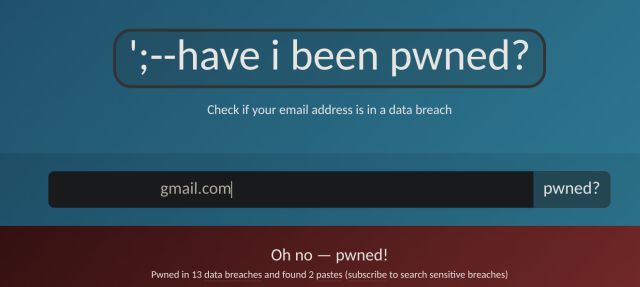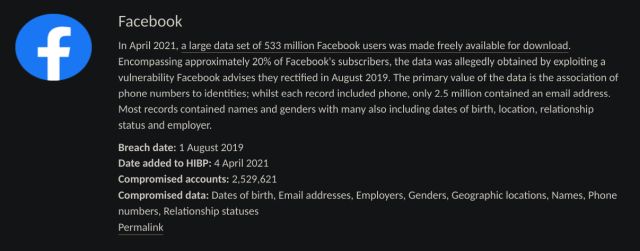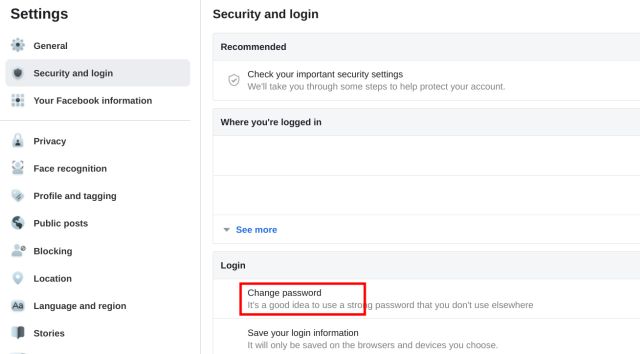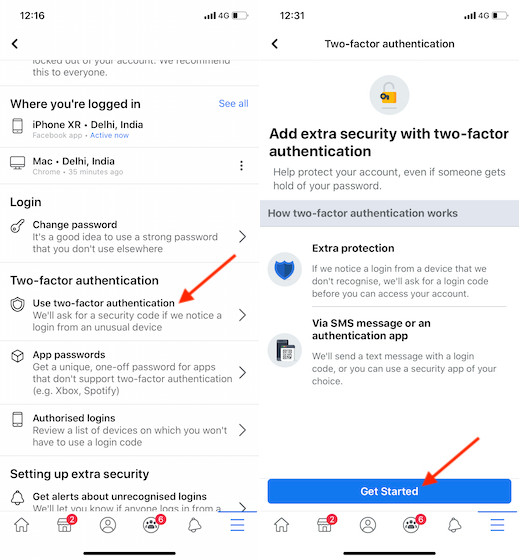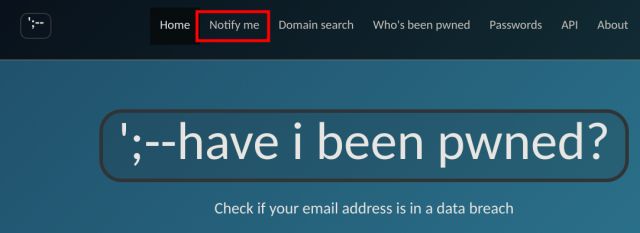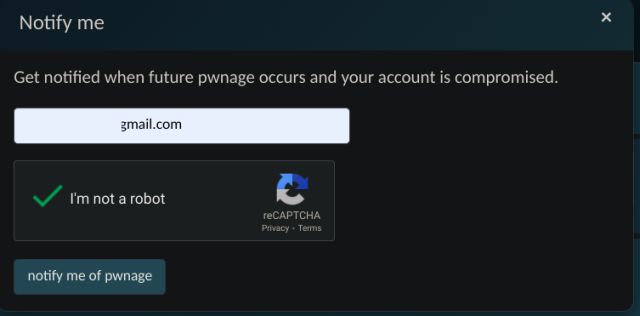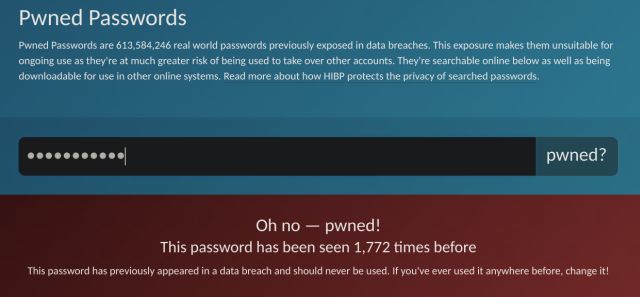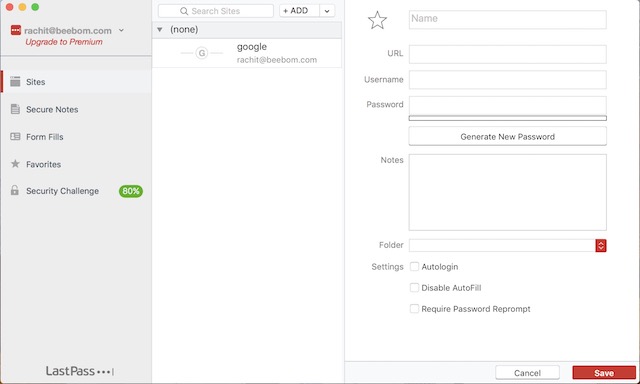Check If Your Account was Exposed in Facebook Data Leak (April 2021)
While this guide is in particular about Facebook, you can use the same steps for any of your online accounts to check for data breaches in the future and safeguard your account. I would strongly recommend you go through the next section to secure your account.
The easiest and fastest method to check if your Facebook account was part of the recent data leak is the website haveibeenpwned.com. Click on the above link to open the website, and enter the email address associated with your Facebook account. Then, click on the “Pwned?” button.
If your data has been exposed on the internet from any app or website, not just Facebook, then the website will show the “Oh no — pwned!” message.
To find if the leak is indeed from Facebook, scroll down and go through all the list of breaches. If the list mentions the Facebook April 2021 leak, it means your Facebook account was part of the recent data breach. You can see what the message will look like in the screenshot below. Even if it’s a past leak, you should go ahead and secure your online account.
If the recent Facebook leak exposed your private data online, then you should follow the series of steps mentioned below to secure your account against malicious actors.
Secure Your Account After Facebook Data Breach
How to Change or Reset Facebook Password
First up, you must change the password of your Facebook account right away. Log in to Facebook, preferably from a device that you have been using to browse the website. After that, click on this link to directly open the Security Settings on Facebook.
If you are using the Facebook app on your smartphone, then tap the hamburger menu from the top navigation bar. Then, navigate to “Settings and Privacy -> Settings -> Security and Login” in the app.
Next, irrespective of the platform, click on “Change Password” under the “Login” section. Here, enter your old password and create a new password. I would suggest creating a strong password using LastPass’s online password generator. Make sure to take note of your password if you are not using a password manager.
Enable Two-Factor Authentication on Facebook
Once you have changed the password, you must enable two-factor authentication (2FA) to protect your Facebook account. We have already written a detailed guide on how to enable 2FA on Facebook, go through that, and you will have it set up in a jiffy.
Set up Online Data Breach Alerts
You are now one step closer to protecting your Facebook account. You can now set up a notification service for future breaches through haveibeenpawnd. If your email is found in any future online leaks, not just Facebook, the website will alert you via email. You can then rush to change your password immediately and set up 2FA. To proceed, open haveibeenpawned.com and click on “Notify Me” in the top navigation bar.
Now, enter your email and click on “notify me of pwnage“. Next, open your email inbox and verify the email address. You’ve successfully set up an alert service for any Facebook-like online data breaches in the future.
Double Check for Password Leaks
Apart from that, I will recommend you to check if your password has been leaked anywhere on the internet. You can do so by opening the ‘Passwords’ section on haveibeenpwned.com. Here, enter the password that you use for online accounts. If your password was ever part of a data leak, then change it immediately and quit using that password on any other website in the future.
Remove Third-Party Access from Facebook
Also, as a safe practice, remove third-party access to your Facebook account, and from now onwards, don’t grant permission to any and every third-party app to your account. Over the years, we have seen third-party apps become a source of data leaks from Facebook.
Use Password Manager to Create Strong Passwords
Finally, you should use password managers for all your online accounts. Password managers can help create strong, unbreakable passwords. They are protected with AES 256-bit encryption. They can’t be brute-forced through any attack.
Protect Your Facebook Accounts After Data Breach
So that is how you can check if your Facebook account was breached in a recent data leak. I have also provided a definitive guide to mitigate future risks and protect your accounts from any attack. If you are disappointed by Facebook’s continuous lax security, then you can go ahead and permanently delete Facebook. You can jump ship to popular Facebook alternatives like Twitter, Instagram, and others. Anyway, that is all from us. If you face any issues while implementing any of these steps, then comment down below and let us know. We will surely try to help you out.
